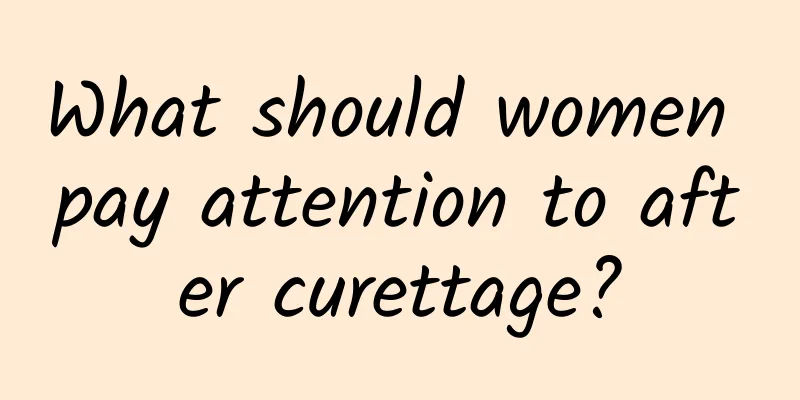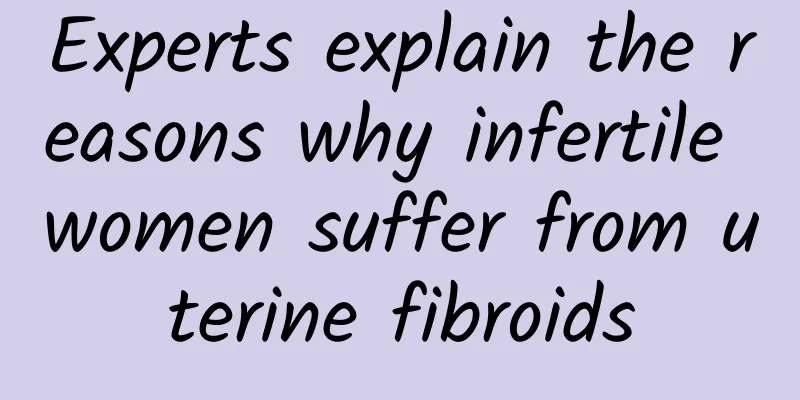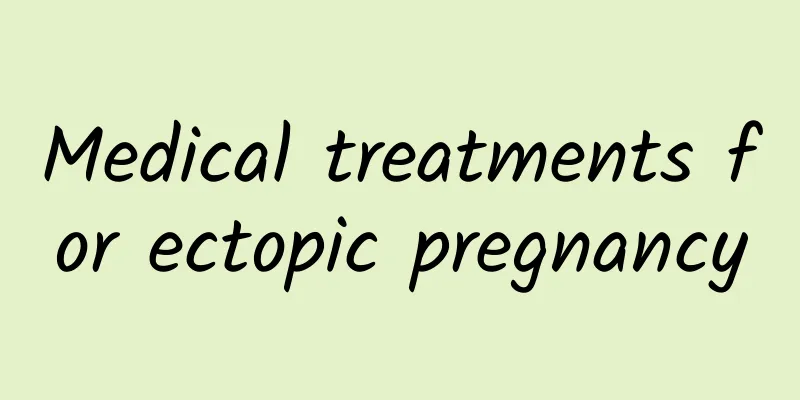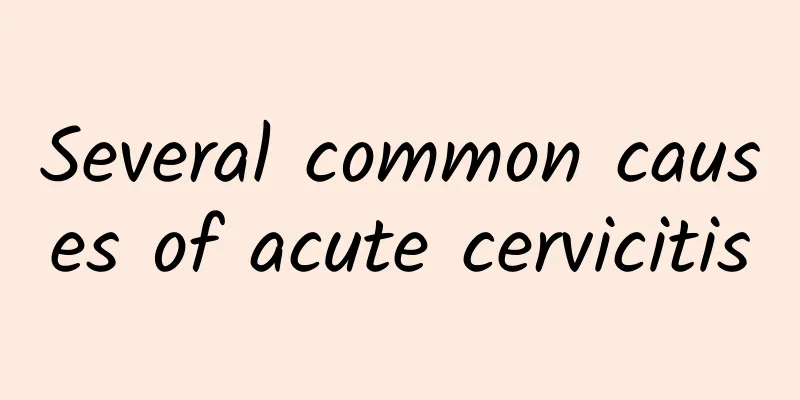What medicine can be applied to uterine fibroids? What medicine is good for uterine fibroids?
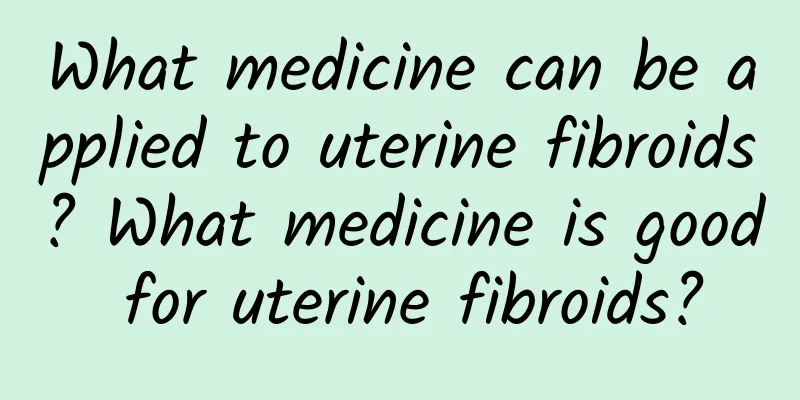
|
Uterine fibroids are a common benign tumor in gynecology. They will not disappear on their own and may cause discomfort and pain. Many patients will ask a question: "What medicine can be applied to uterine fibroids?" In fact, there is currently no effective topical medicine that can treat uterine fibroids. However, there is no need to worry, because there are other treatment options. Uterine fibroids are formed by abnormal proliferation of uterine myometrial cells, and their growth is affected by estrogen. Therefore, regulating estrogen levels is the key to treating uterine fibroids. In medicine, the symptoms of uterine fibroids can be relieved through drug therapy or surgical intervention. Drug therapy is one of the most common non-surgical treatments. These drugs mainly include: oral contraceptives, progesterone drugs and receptor modulators. Oral contraceptives can inhibit ovulation, reduce endometrial hyperplasia and regulate estrogen levels, thereby relieving the symptoms of uterine fibroids. Progesterone drugs can inhibit luteinization of the ovaries and reduce estrogen secretion, thereby reducing the size of uterine fibroids. Receptor modulators can block the stimulation of estrogen on uterine fibroids, thereby relieving symptoms. In addition to drug treatment, surgical treatment is also a common treatment method. Surgical treatment mainly includes uterine fibroid removal and radical uterine myomectomy. For patients with smaller uterine fibroids, uterine fibroid removal is an option that can preserve the uterus and relieve symptoms. For patients with larger uterine fibroids, radical uterine myomectomy is a more thorough treatment method that can completely remove the uterine fibroids. Although drug therapy and surgical treatment are the main methods for treating uterine fibroids, many patients still hope to treat uterine fibroids with topical medications. However, there is currently no specific topical medication that can treat uterine fibroids. This is because uterine fibroids are intrauterine lesions, and topical medications are difficult to penetrate into the deep tissues of uterine fibroids. At the same time, it is difficult for the medication to achieve the purpose of treatment when used locally. There are many ways to treat uterine fibroids, with medication and surgery being the most common. Medication relieves the symptoms of uterine fibroids by regulating estrogen levels, while surgery can remove the uterine fibroids or the entire uterus. However, topical medications are not effective enough to treat uterine fibroids, so they are not recommended. For scientific knowledge, why can't uterine fibroids be treated with topical medications? The main reason is that uterine fibroids are located in the deep tissue of the uterine myometrium, and it is difficult for topical medications to penetrate into these deep tissues. At the same time, it is also difficult for the medication to reach an effective concentration when applied topically, and it cannot play a therapeutic role. Therefore, for the treatment of uterine fibroids, more effective methods such as oral medications or surgical intervention are still needed. |
<<: At what age do uterine fibroids usually occur? At what age do uterine fibroids usually occur?
>>: What to eat after uterine fibroids removal What to eat after uterine fibroids removal
Recommend
Can cervicitis be cured?
Whether cervicitis can be cured depends on the se...
Can women with chronic pelvic peritonitis heal on their own?
Will women with chronic pelvic peritonitis heal t...
Do you know the harm of dysmenorrhea to women?
I believe that all of my friends have experienced...
Will eating leeks during pregnancy cause miscarriage? It is best to eat less
Pregnant women should pay more attention to all a...
A collection of treatments for endometriosis
A collection of treatments for endometriosis Endo...
Move your body! 7-day detox and weight loss is so simple
Schedule light exercise, avoid meat-based meals, ...
Experts reveal how women can prevent cervical hypertrophy
Cervical hypertrophy is very harmful to women, an...
Are six-pack abs and mermaid lines a healthy body shape?
Recently, a reader asked Scott a good question: A...
What is laparoscopic uterine fibroid surgery? Conditions for laparoscopic uterine fibroid surgery
What is laparoscopic uterine fibroid surgery Lapa...
Why do the soles of my feet hurt after a miscarriage?
Pain in the soles of the feet after abortion may ...
What factors are related to the price of painless abortion
What factors are related to the price of painless...
Experts suggest not to be too harsh on uterine fibroids
In recent years, the incidence of some diseases h...
What are the methods of Western medicine for treating pelvic peritonitis?
Pelvic peritonitis is a common disease that often...
How to bring your period forward You can do this
If you don't control your endocrine system in...
What are the dietary taboos for threatened abortion?
What are the dietary taboos for threatened aborti...

